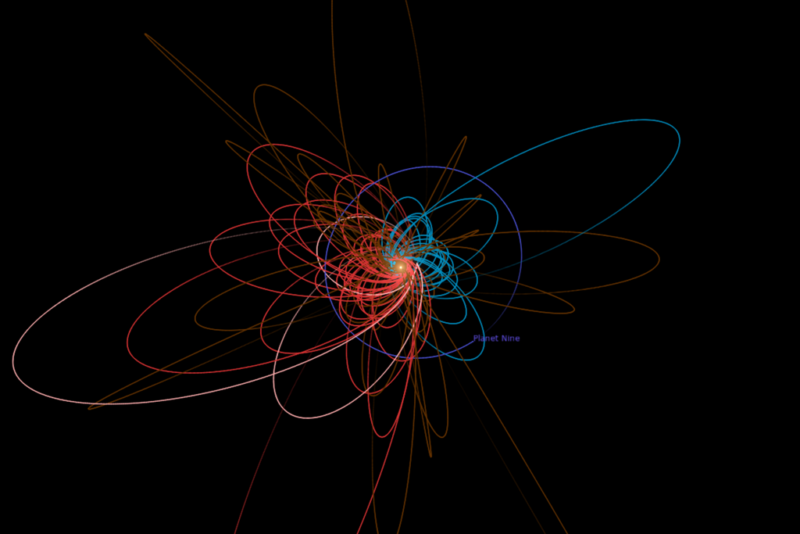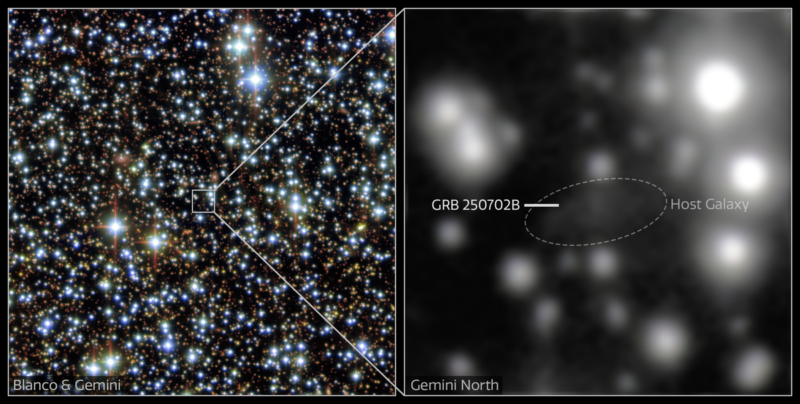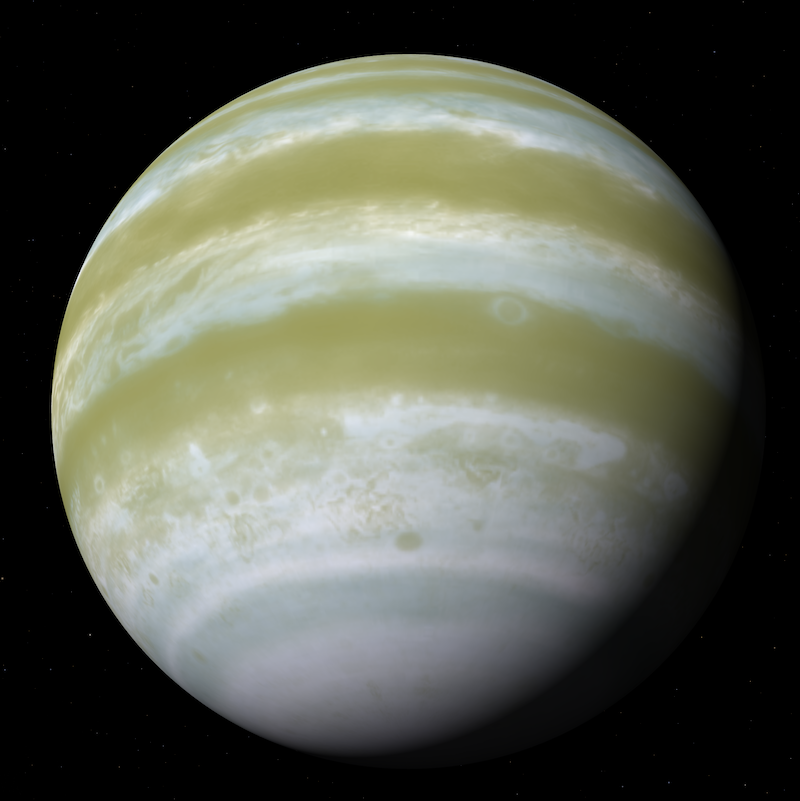Now Reading: New minor planet found in the distant solar system
-
01
New minor planet found in the distant solar system
New minor planet found in the distant solar system


New minor planet found in the distant solar system
On May 21, 2025, the International Astronomical Union’s Minor Planet Center added a new object to their list: 2017 OF201. This is likely the largest new object found in our solar system since the minor planet designated 2014 UZ224, which the IAU recognized in 2016. Astronomers found the new object has a diameter somewhere between 290 and 510 miles (470 and 820 kilometers) across. At its closest, 2017 OF201 comes within 45 astronomical units (1 AU equals the Earth-sun distance) of the sun. At its farthest, it can extend as far as 838 AU from the sun. Currently, the new solar system body is about 90.6 AU distant.
This distance would make it a trans-Neptunian object. These objects orbit the sun at a distance greater than Neptune, which is 30 AU from the sun. There are many trans-Neptunian objects in our solar system. Pluto is one. So are Eris, Haumea, Makemake and more. In fact, there are some 3,000 known trans-Neptunian objects and about 900 of those have official numbered designations.
But 2017 OF201 gets so far from the sun that it also qualifies as an extreme trans-Neptunian object. These objects have their longest distance from the sun of at least 150–250 AU. So with a distance that extends more than 800 AU, 2017 OF201 certainly qualifies.
Dwarf Planet candidate 2017 OF201 cruising through the sky from its earliest precovery images to today. Accurate GAIA stars included.
Uncompressed version: orbitsimulator.com/BA/2017_OF20…— Tony Dunn (@tony873004.bsky.social) May 22, 2025 at 3:21 AM
The discovery
Sihao Cheng of the Institute for Advanced Study in New Jersey led the team that made the discovery. They made 10 detections in old survey data from between 2014 and 2018. They were able to put together a tentative orbit for the object and wrote:
It became rather clear that they correspond to a single moving object that has an extremely wide and eccentric orbit.
They also found it was relatively bright compared to other trans-Neptunian objects. After knowing the object’s orbit, they were able to look for it in other survey images and found nine more with the object in exactly the positions they expected. In the end they found data across seven years of the object’s orbit. The object is moving away from us. The paper said:
The last time 2017 OF201 passed close to us was in November of 1930, and it will come back again in about 25,000 years.

Is it Planet 9?
And, no, this is not a possible candidate for Planet 9. While 2017 OF201 is probably bigger than the dwarf planet Ceres in the asteroid belt, it’s not what astronomers have been looking for to solve the mystery of Planet 9.
Any Planet 9 would have to be about 5 to 10 times the mass of Earth to explain the gravitational clustering of objects in the distant solar system. And in a new paper just posted to arXiv on May 21, 2025, the authors said:
Notably, the longitude of perihelion of 2017 OF201 lies well outside the clustering observed in extreme trans-Neptunian objects, which has been proposed as dynamical evidence for a distant, undetected planet.
That doesn’t mean there couldn’t be a Planet 9, it just means that this newly found body is not part of the evidence pointing to a Planet 9.
For more on the thrilling search for Planet 9, watch EarthSky’s Dave Adalian’s interview with planet hunter Mike Brown.

Bottom line: The International Astronomical Union’s Minor Planet Center announced a new minor planet on May 21, 2025, which is fairly large and has a huge, irregular orbit around the sun.
Source: Discovery of a dwarf planet candidate in an extremely wide orbit: 2017 OF201
The post New minor planet found in the distant solar system first appeared on EarthSky.
Stay Informed With the Latest & Most Important News
Previous Post
Next Post
-
 012024 in Review: Highlights from NASA in Silicon Valley
012024 in Review: Highlights from NASA in Silicon Valley -
 02Panasonic Leica Summilux DG 15mm f/1.7 ASPH review
02Panasonic Leica Summilux DG 15mm f/1.7 ASPH review -
 03From Polymerization-Enabled Folding and Assembly to Chemical Evolution: Key Processes for Emergence of Functional Polymers in the Origin of Life
03From Polymerization-Enabled Folding and Assembly to Chemical Evolution: Key Processes for Emergence of Functional Polymers in the Origin of Life -
 04How New NASA, India Earth Satellite NISAR Will See Earth
04How New NASA, India Earth Satellite NISAR Will See Earth -
 05And Thus Begins A New Year For Life On Earth
05And Thus Begins A New Year For Life On Earth -
 06Astronomy Activation Ambassadors: A New Era
06Astronomy Activation Ambassadors: A New Era -
07SpaceX launch surge helps set new global launch record in 2024




















